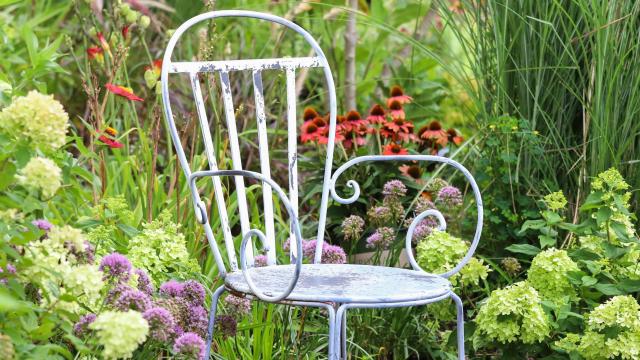When choosing a houseplant, climate doesn’t factor in — a tropical variety will do just as well in the chilly climes of the northeast as a desert shrub in the rainy Pacific Northwest. For your outdoor garden, on the other hand, you might want to be a bit more choosy about what you’re putting into the ground, both for the health of your garden, and that of the local ecosystem.
It goes without saying that different plants will thrive in different climates. The USDA even provides a map of hardiness zones to help you plan a garden well-suited to your area. You can still grow plants that are not native to your region, provided you take care to create a hospitable environment for them, from altering the PH balance of the soil to providing them adequate fertiliser. Or, to save yourself the headache and help the natural ecosystem thrive, curate your garden with plants native to your region.
Here are reasons why you should consider planting a native garden rather than terraforming your yard with outsider plants.
How growing native plants helps the environment
Native plants have spent lifetimes adapting to their natural environments, which means they don’t need much help to thrive in your garden — they will likely do well with the existing PH balance of your soil and grow hearty on the natural nutrients in the ground, meaning you’ll save yourself the effort of implementing plant food regimens that can also affect the diversity of microbes in the surrounding soil. These plants are also more likely to do well without the use of pesticides, keeping potentially harmful chemicals from entering the soil and groundwater. In fact, native plants can even naturally attract the insects necessary for their sustained growth.
Regional plants provide food and shelter for wildlife and a habitat for insects. As entomologist Doug Tallamy told the Audubon, “native oak trees support over 500 species of caterpillars whereas ginkgos, a commonly planted landscape tree from Asia, host only 5 species of caterpillars.” The number of caterpillars affects the number of baby birds that will survive in the wild, illustrating why choosing native plants is crucial to maintaining the ecological balance of your region.
How to find out what plants are native to your area
According to the National Wildlife Federation, a plant is considered native, “if it has occurred naturally in a particular region, ecosystem, or habitat without human introduction.” The best way to find plants native to your region is to use a plant locator site. Tourism Australia has a good list to start.
But before you rush out to buy a garden’s worth of native plants, take time to learn about your ecoregion, about how different species of plants will interact alongside one another, and build out your custom planting calendar.

Leave a Reply
You must be logged in to post a comment.